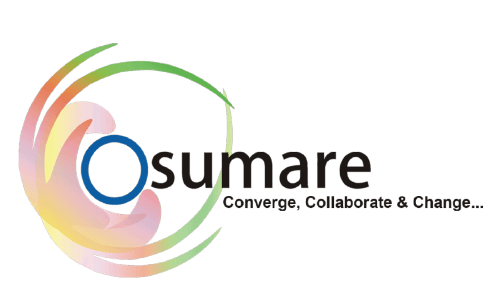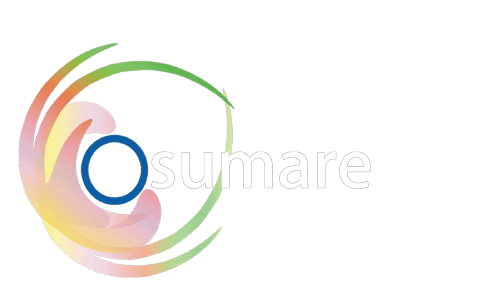Lead generation has evolved dramatically over the years. Gone are the days of cold calls and mass emails that yield minimal results. In 2025, businesses must shift to smarter, data-driven lead generation strategies to convert prospects effectively. Instead of guessing what works, leveraging technology, automation, and AI-powered insights can significantly boost conversion rates.
This article explores key strategies for smarter lead generation in 2025, helping you attract high-quality leads, nurture them effectively, and convert them into loyal customers.
Also Read: 7 Ways to Automate Your Sales Process: From Lead Generation to Closing the Deal
1. Understanding the Shift in Lead Generation
1.1 The Traditional vs. Modern Approach
Traditional lead generation relied heavily on outbound marketing tactics such as cold calling, direct mail, and untargeted email blasts.
Modern lead generation focuses on inbound marketing, personalization, and AI-driven automation to attract, engage, and convert prospects.
1.2 Why Guessing No Longer Works
Consumers expect personalized experiences. Generic marketing messages no longer drive engagement.
AI and big data allow businesses to analyze customer behavior, making it easier to predict what potential leads want.
Businesses that fail to adopt data-driven strategies will fall behind competitors who optimize their lead generation efforts with real-time insights.
2. Leveraging AI and Automation for Smarter Lead Generation
2.1 AI-Powered Chatbots and Virtual Assistants
AI-driven chatbots can engage website visitors in real time, answer queries, and qualify leads automatically. These bots analyze customer interactions and provide personalized responses, ensuring that potential customers receive relevant information instantly.
2.2 Predictive Analytics and Lead Scoring
Predictive analytics use historical data to identify high-potential leads. AI-driven lead scoring ranks prospects based on their likelihood to convert, helping sales teams prioritize efforts on leads with the highest probability of closing.
2.3 Marketing Automation for Personalization
Automated email sequences nurture leads based on their engagement behavior.
AI-powered recommendation engines suggest relevant content to prospects, increasing engagement and conversion rates.
3. Content Marketing: The Foundation of Smarter Lead Generation
3.1 Creating High-Value Content
Content remains king in 2025. To attract and convert leads, businesses must focus on creating high-value content that educates, informs, and solves real problems.
Blog posts: Offer in-depth industry insights and solutions.
Videos and webinars: Engage audiences with interactive and visual storytelling.
E-books and whitepapers: Provide valuable, in-depth research that positions your business as an authority.
3.2 SEO Optimization for Maximum Visibility
Target high-intent keywords that potential customers use in their search queries.
Optimize on-page SEO elements such as meta titles, descriptions, and structured data to improve search engine rankings.
Implement a robust backlink strategy to enhance domain authority and visibility.
4. Data-Driven Lead Nurturing Strategies
4.1 Personalization Through Behavioral Insights
By analyzing user behavior, businesses can segment leads based on interests, engagement levels, and buying intent. Personalized email campaigns and tailored content can significantly boost conversions.
4.2 Multi-Channel Engagement
Consumers interact with brands across multiple platforms. A multi-channel approach ensures a seamless lead nurturing experience:
Email marketing: Personalized, automated follow-up sequences.
Social media retargeting: Engaging potential leads with relevant ads.
Web push notifications: Instant alerts for promotions and new content.
4.3 Conversion Rate Optimization (CRO) Techniques
A/B testing landing pages to determine what resonates best with users.
Improving website speed and mobile responsiveness to reduce bounce rates.
Implementing compelling CTAs (Call-to-Actions) that encourage lead sign-ups and purchases.
5. Future Trends in Lead Generation for 2025 and Beyond
5.1 AI-Driven Hyper-Personalization
AI will continue to refine hyper-personalization, ensuring that each lead receives customized experiences based on real-time data and preferences.
5.2 Voice Search and Conversational Marketing
With the rise of smart assistants, optimizing content for voice search will be crucial. Conversational marketing through chatbots and voice assistants will streamline lead conversion processes.
5.3 Blockchain for Secure Lead Data Management
Blockchain technology can enhance data privacy and security, giving consumers confidence in sharing their information with businesses.
Conclusion
Guesswork is no longer an option in lead generation. Businesses must embrace smarter, data-driven strategies to attract and convert high-quality leads in 2025. By leveraging AI, automation, content marketing, and behavioral insights, companies can enhance engagement and drive better conversions. The future of lead generation lies in personalization, automation, and data intelligence—so stop guessing and start converting!
Frequently Asked Questions (FAQs)
1. What is the biggest change in lead generation in 2025?
The biggest shift is the reliance on AI, automation, and data-driven insights to personalize and optimize lead generation strategies.
2. How can AI improve lead conversion rates?
AI helps businesses identify high-potential leads, automate interactions, and personalize content, significantly increasing conversion rates.
3. What role does content marketing play in lead generation?
High-value content attracts, educates, and nurtures leads, positioning businesses as industry authorities and increasing conversion chances.
4. Why is multi-channel marketing important for lead nurturing?
Consumers interact across multiple platforms. A multi-channel approach ensures continuous engagement, improving conversion opportunities.
5. How can businesses optimize their website for better lead generation?
Improving site speed, mobile responsiveness, SEO optimization, and clear CTAs can enhance lead generation effectiveness.

